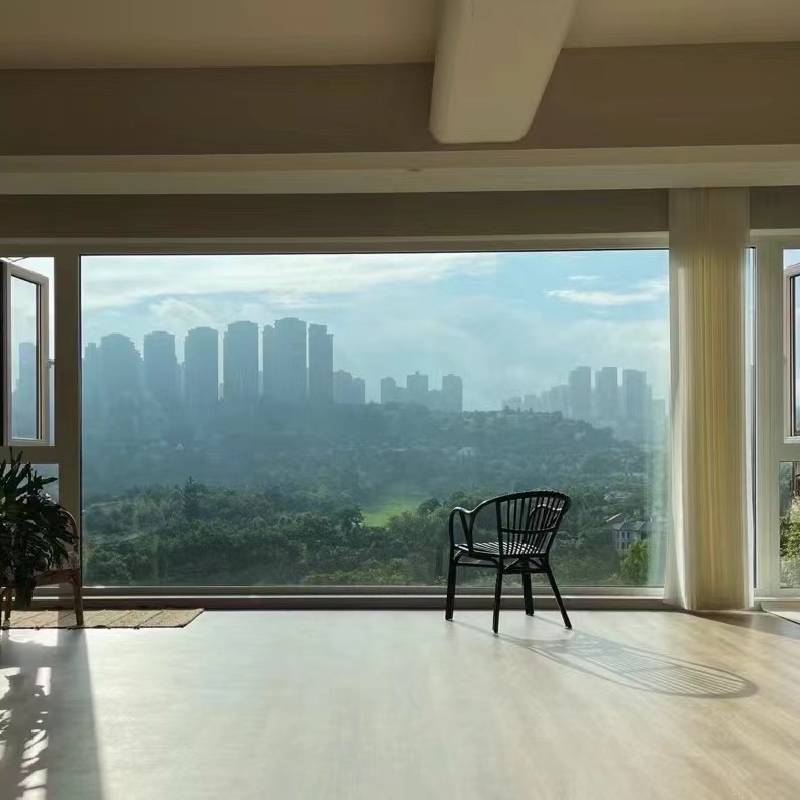

Exploring the World of Dead Flat Float Glass
Dead flat float glass, a remarkable innovation in the glass manufacturing industry, has gained prominence for its seamless finish and unparalleled optical clarity. This specialized type of glass is produced using the float glass process, where molten glass is floated on top of molten tin. The result is a sheet of glass that is not only flat but is also free from distortions commonly seen in traditional glass manufacturing methods.
One of the most notable features of dead flat float glass is its exceptionally smooth surface. This characteristic is critical for various applications, particularly in architecture and interior design. When used in windows, doors, and facades, dead flat float glass enhances the aesthetic appeal while providing unparalleled views of the surroundings. Its ability to minimize reflections and distortions makes it a preferred choice for modern buildings and structures where visual integrity is paramount.
In addition to its aesthetic advantages, dead flat float glass also boasts impressive durability. Its manufacturing process ensures that the glass has a uniform thickness, reducing the risk of cracks or breaks. This durability is essential not only for residential constructions but also for commercial applications that require long-lasting materials. From high-rise buildings to shopping malls, the resilience of dead flat float glass contributes significantly to the longevity and structural integrity of these constructions.

Another key aspect of dead flat float glass is its versatility
. It can be treated with various coatings and laminations to improve its thermal insulation, UV resistance, and energy efficiency. For instance, low-emissivity (Low-E) coatings can be applied to enhance the glass's performance in terms of heat retention during winter and heat reflection during summer. This versatility allows architects and designers to pick the right type of dead flat float glass that suits the specific requirements of their projects, thereby optimizing both functionality and aesthetics.Furthermore, the increasing demand for energy-efficient building solutions has propelled the use of dead flat float glass in green building practices. Many modern constructions aim for sustainability, and incorporating dead flat float glass with thermal insulation properties can significantly reduce energy consumption. This contribution to environmental sustainability is a key factor that promotes its usage in contemporary architecture.
On the manufacturing side, the production of dead flat float glass involves advanced technology and strict quality control measures. This ensures that every sheet meets the required standards for thickness, clarity, and flatness. The attention to detail during the production process is vital, as even minor imperfections can compromise the glass's performance and aesthetic qualities.
In conclusion, dead flat float glass is a remarkable material that combines beauty, durability, and versatility. Its flawless finish and clarity make it an ideal choice for various applications, especially in architectural design. As the demand for energy-efficient and sustainable building materials grows, the role of dead flat float glass will become increasingly significant in shaping the future of architectural innovations. Whether used in homes, offices, or commercial buildings, this type of glass continues to redefine the standards of modern design, providing endless possibilities for architects and builders alike.